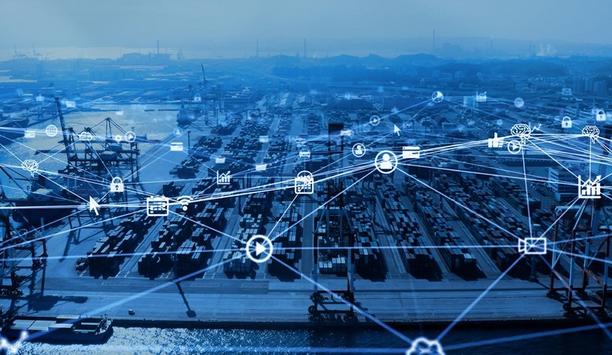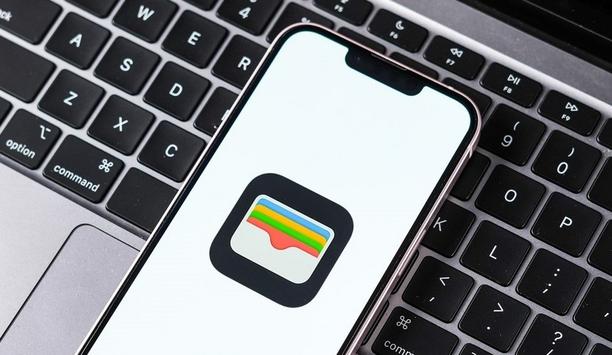The new Pokemon Go video game, which has taken the world by storm, combines real-world landmarks and locations with virtual creatures in a smart phone video game that requires players to walk around in the real world to “find” the imaginary creatures.
It’s a little like what the security industry has been trying to do for years: To achieve convergence of physical and cyber worlds.
Pokemon Go Security Risks
To be sure, the new game has presented its own set of security challenges and issues. Those challenges include the safety of players, whom the game encourages to congregate in public places, where they might be targeted by criminals. There are also questions of legal liability as the game places PokeStops and Pokemon Gyms – designated meeting points essential to playing the game – in areas where a player might conceivably be injured. Not to mention the danger of players crossing the street while concentrating on the game and looking into their smart phones.
There has already been a lawsuit (the first of many?) filed by a New Jersey man who claims the game’s developer (mistakenly) placed PokeStops and Pokemon Gyms on his and other people’s private property. The lawsuit states that, after the game’s release, “strangers began lingering outside of his home with their phones in their hand,” and “individuals knocked on [his] door and asked for access to [his] backyard to ‘catch’ a Pokemon that the game placed [there] without his permission.” When a video game leads to charges of trespassing, surely it’s evidence that the cyber world and physical world have converged.
Physical And Cyber Security
But could the game’s convergence of physical and cyber gaming be seen as a model for the security industry? It’s not as far-fetched as one might think, and there is already some overlap.
If physical and cyber access |
Currently, physical access control systems tend to be separate from cyber access systems, requiring a totally separate infrastructure and credentialing. If they were combined, the same password (or fingerprint) used to log into a computer would be used to open a door. A Facebook identity would be used to sign into a building (as well as a smart phone app). A Microsoft Outlook calendar appointment would interface with an access control or visitor management system to provide credentials to someone who has an appointment in a building. A person’s location in a building would be a prerequisite for signing into a computer system. There are other examples, many of which you hear talk about in the industry.
Progress Towards Convergence
Even so, the perception in our market is that the virtual world and the physical world – and their respective security systems – are separate and likely to stay separate for the foreseeable future. Maybe Pokemon Go argues against that assumption. To the extent that the separation is a mindset (and possibly a roadblock, or at least a mental block, to progress toward convergence), maybe the game will demonstrate what’s possible. We have seen perceptions in the consumer market translate into trends in the security market before.
In addition to being a (reportedly) fun game, Pokemon Go makes a case that the cyber world and the physical world can be combined into one entity. What happens in the physical world impacts the results of the cyber world, and vice versa – and for better or for worse. When the security industry understands that, we will make progress toward the elusive goal we have been talking about for a decade or more – convergence.










































